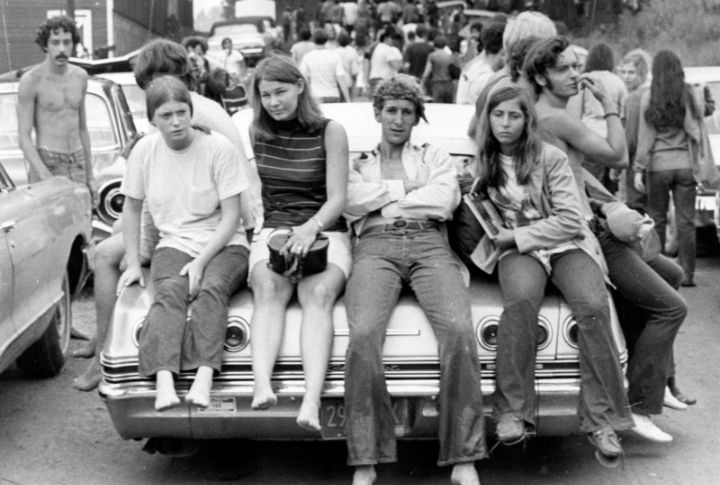
Growing up in the 60s meant being a part of an era that saw the rise of hippie culture, the civil rights movement, and the space race. It was a time of rebellion, experimentation, and pushing boundaries. And, of course, it was also a time of some unforgettable fads that captured the imagination of young people across the country. If you were a child or teen during the 1960s, you might remember the following crazes like they were yesterday.
Tie-Dye Clothing
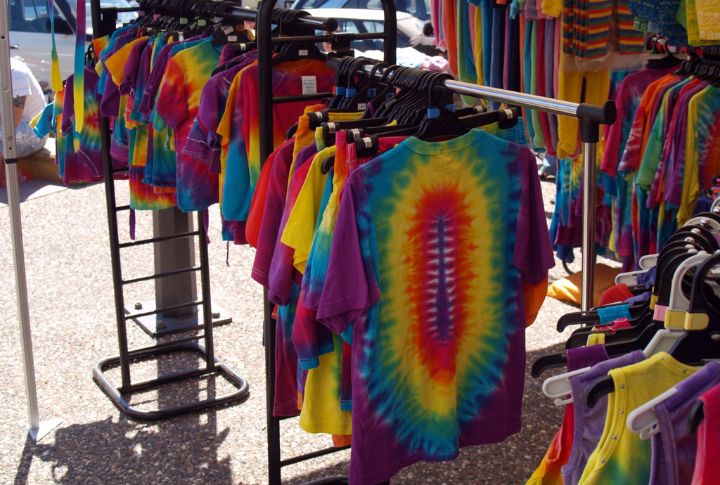
Although Tie-dye clothing started in the 1920s, it surged in popularity during the 1960s, reflecting the era’s psychedelic culture. This DIY dyeing technique involved twisting, folding, and tying fabric before applying vibrant dyes. Tie-dye shirts, dresses, and other garments became symbols of the counterculture movement and artistic expression.
Go-Go Boots
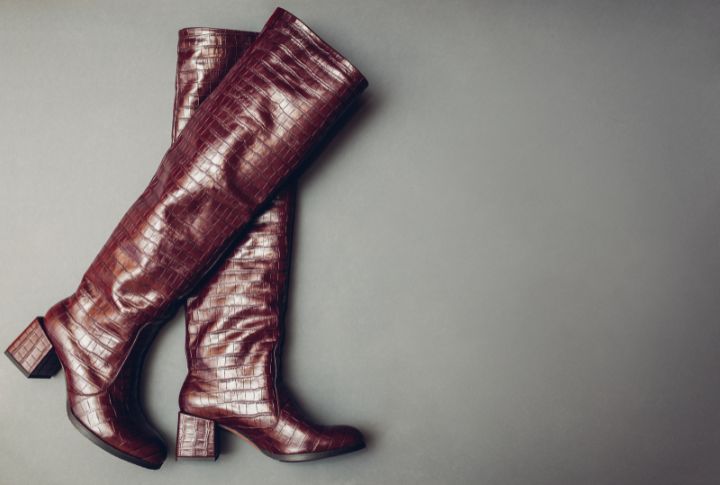
Characterized by their knee-high length and low heels, go-go boots became a fashion must-have in the 1960s. Popularized by dancers in the go-go clubs of the era, these boots were worn with miniskirts and mod-style dresses and epitomized the youthful and energetic spirit of the time.
The Twist Dance Craze
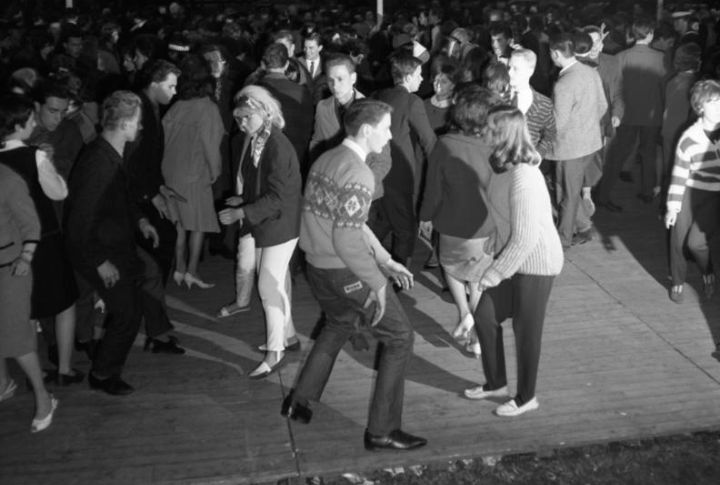
The Twist, a dance characterized by twisting hip movements, swept the nation in the early 1960s. Popularized by Chubby Checker’s hit song “The Twist,” this dance became a sensation, spawning dance parties and influencing fashion and music trends throughout the decade.
Peace Sign Symbolism
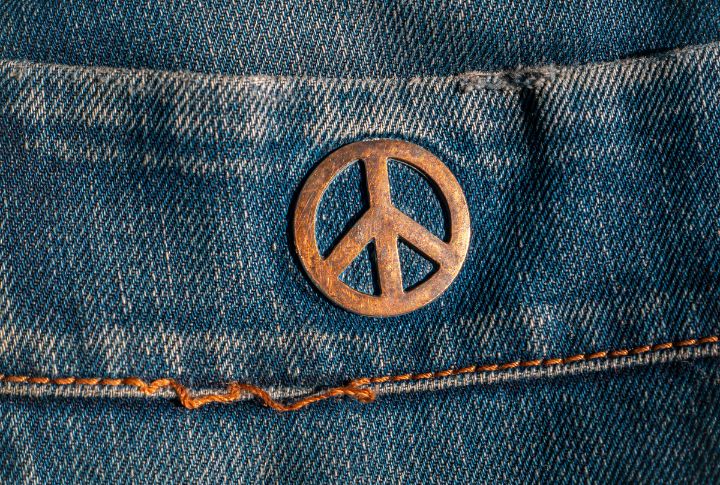
With its simple circle and vertical line design, the peace sign became a powerful symbol of anti-war sentiment and the peace movement in the 1960s. Adopted by activists and hippies, it adorned clothing, posters, and protest signs, embodying the desire for peace and unity.
Nehru Jackets
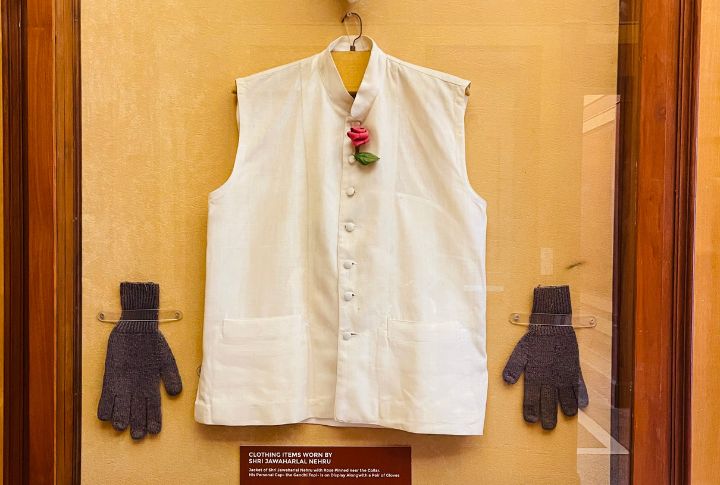
Inspired by the attire of Indian Prime Minister Jawaharlal Nehru, the Nehru jacket gained popularity as a fashionable men’s garment in the 1960s. These collarless jackets featured a Mandarin collar and were often worn with slim-fitting trousers.
Twiggy’s Mod Fashion
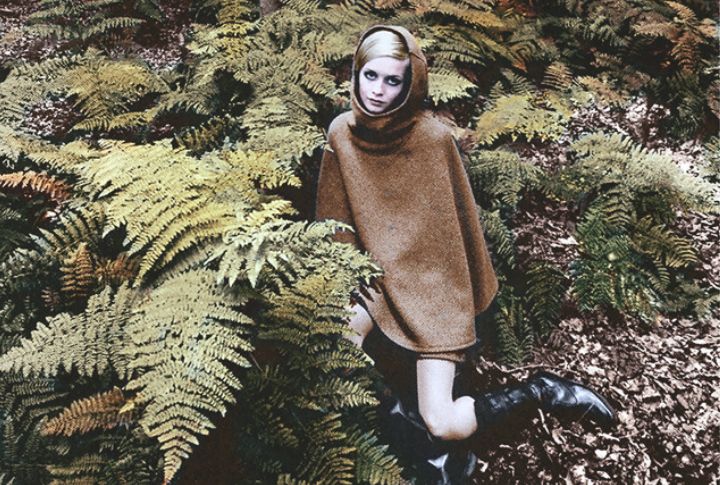
Twiggy, the iconic British model of the 1960s, popularized the mod fashion movement with her ultra-slim physique and bold, geometric style. Her short hair, dramatic eye makeup, and miniskirts symbolized the mod subculture and inspired fashion designers and enthusiasts worldwide.
Beatlemania
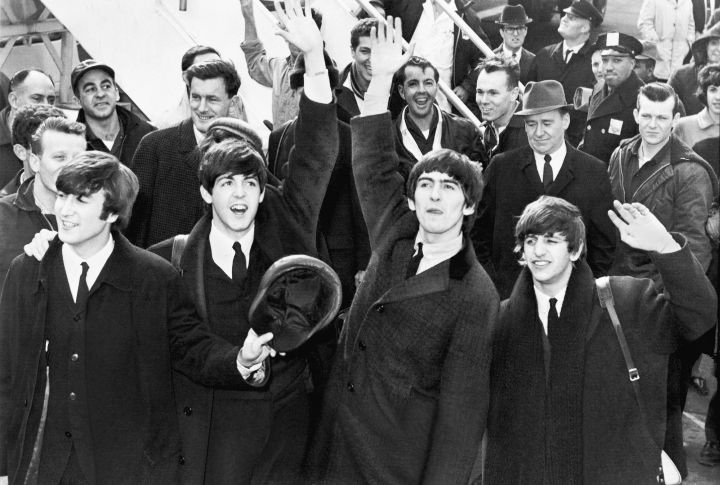
Beatlemania swept the globe in the 1960s as fans went wild for the British rock band The Beatles. The Beatles became cultural icons with their catchy tunes, mop-top haircuts, and charismatic personalities. Additionally, people went crazy for their music because they appeared when the UK was going through a difficult time post-war. Bell-Bottom Pants
Bell-Bottom Pants
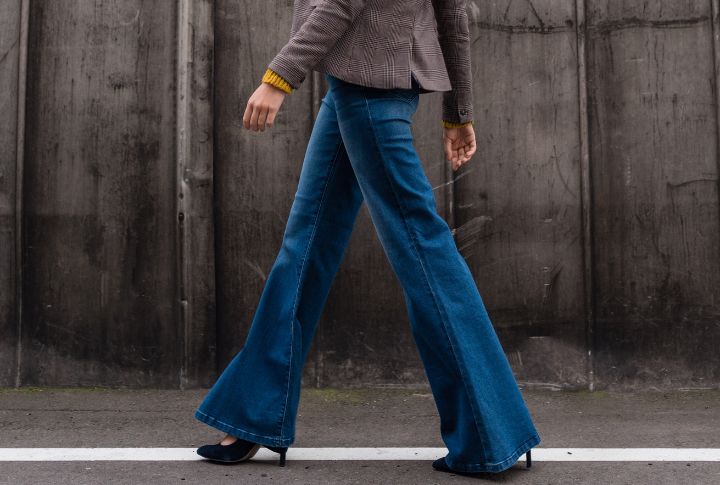
With their flared bottoms widening from the knees down, bell-bottom pants were a quintessential fashion trend of the 1960s. Inspired by naval uniforms and embraced by the hippie subculture, bell bottoms symbolized rebellion and freedom.
Afro Hairstyles
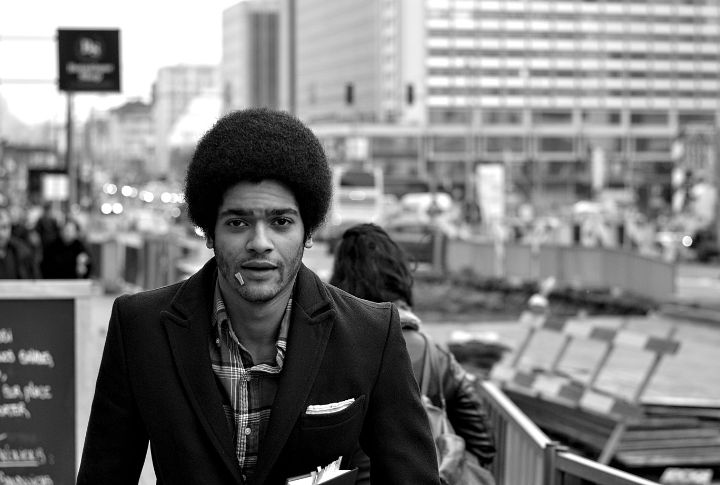
The afro hairstyle, characterized by its natural, voluminous curls, gained popularity among African Americans in the 1960s. Seen as a symbol of black pride and cultural identity, the Afro challenged Eurocentric beauty standards and became an emblem of the civil rights movement and black empowerment.
Psychedelic Posters
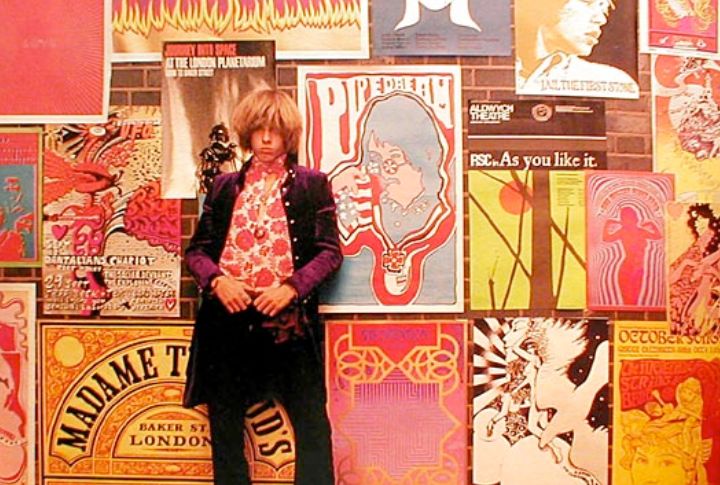
Psychedelic posters featuring vibrant colors, intricate designs, and surreal imagery emerged as a prominent art form in the 1960s. These posters adorned the walls of music venues, coffeehouses, and dorm rooms and reflected the psychedelic culture of the era. They were also a way to promote concerts and events.
Hula Hoops
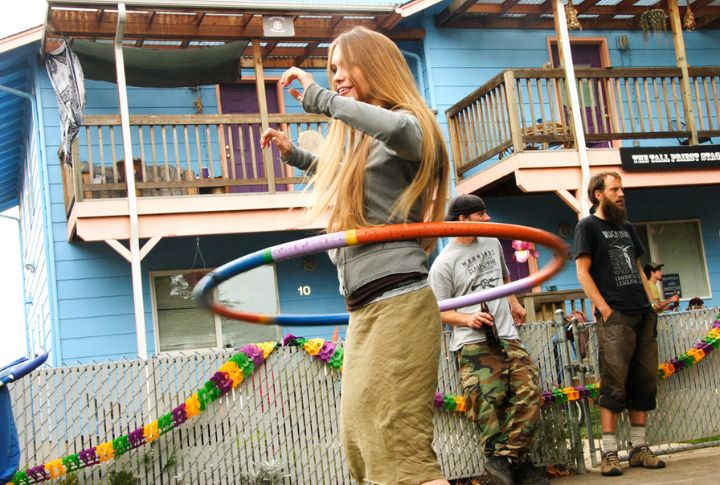
These plastic rings twirled around the waist and became a sensation in the early 1960s. Wham-O introduced hula hoops as a toy and quickly became a craze, with millions sold within months. Moreover, hula-hoop competitions and demonstrations became popular to showcase the many tricks one could perform.
Flower Power
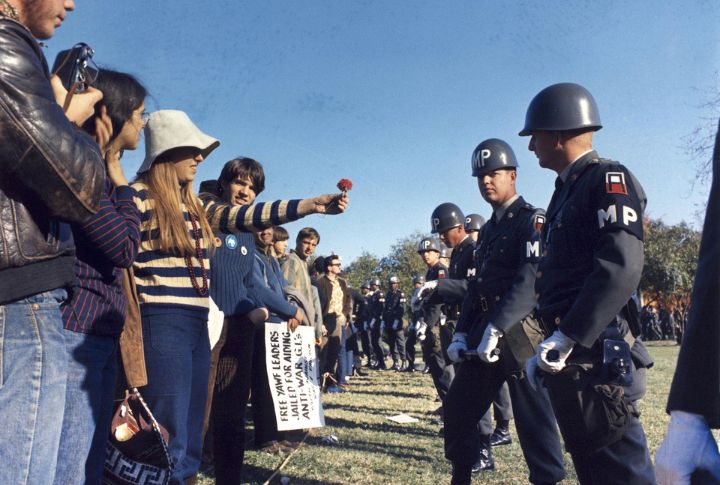
The “flower power” movement emerged as a symbol of passive resistance and non-violent protest during the 1960s. Inspired by the idea of peace and love, hippies adorned themselves with flowers and distributed them at demonstrations and gatherings as a peaceful gesture of solidarity and unity.
Space Age Fashion

Influenced by the Space Race and futuristic visions of space exploration, space-age fashion took center stage in the 1960s. Silver metallic fabrics, sleek silhouettes, and geometric designs evoked a sense of innovation and optimism about the future.
Turtleneck Sweaters
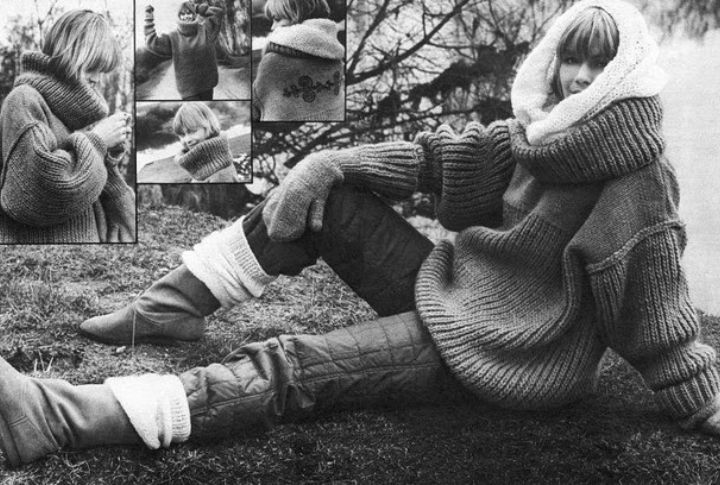
With their high, close-fitting collars, Turtleneck sweaters became a fashionable staple in the 1960s. Worn by both men and women, turtlenecks exuded sophistication and style. They were often paired with blazers or worn alone for a sleek and minimalist look.
Flower Child Fashion

Flower child fashion, epitomized by flowing dresses, peasant blouses, and fringe vests, embodied the free-spirited ethos of the 1960s counterculture. Adorned with floral prints, beads, and embroidery, this bohemian style celebrated nature, individuality, and the rejection of mainstream norms.

Comments
Loading…